Cat:Rodamiento autolubricante
El rodamiento autolubricante MXB-JFB es un buje tipo hombro diseñado con brida y propiedades autolubricantes. Ofrece baja fricción, resistencia a alta...
Ver detalles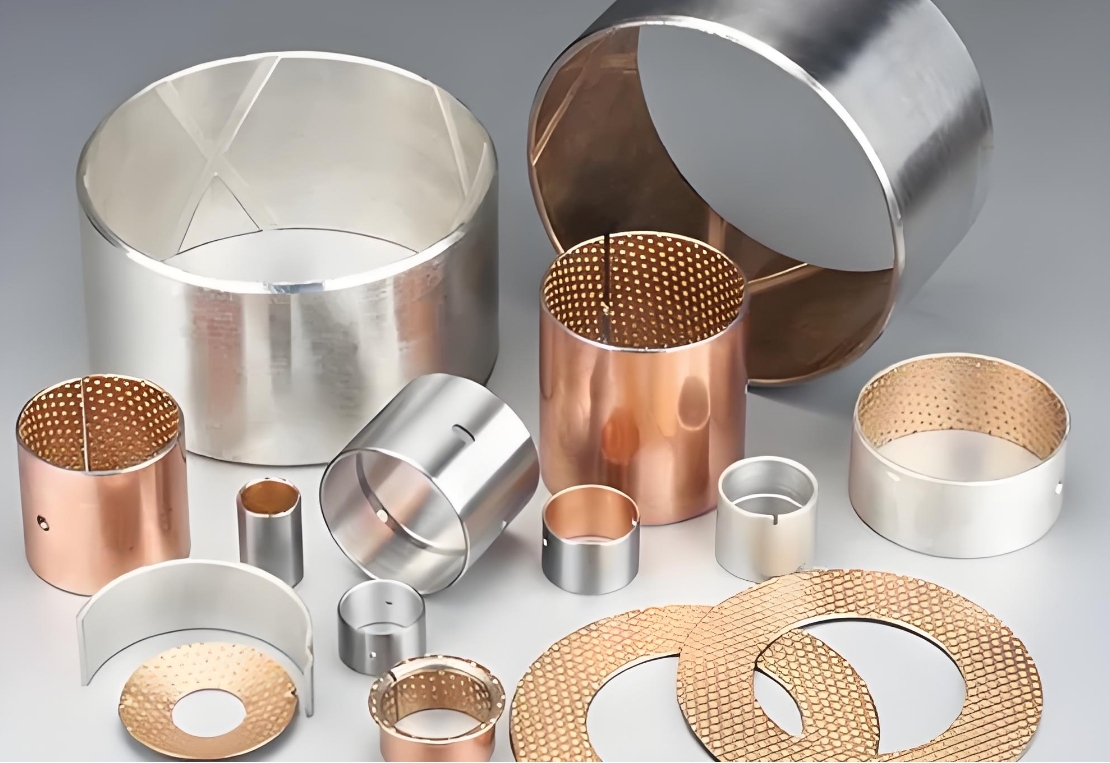
The interference fit of oil-free bearings means that during the installation process of oil-free bearings, the outer diameter is designed to be slightly larger than the inner diameter of the seat hole, which generates a certain amount of stress after assembly. This design aims to maintain a high roundness of the inner circle of the bearing and secure the bearing more firmly, effectively preventing slippage and wear. The design and application of oil-free bearing interference ensures the stability and reliability of the bearings under harsh working conditions.

Advantages of interference fit
Oil-free bearings, such as the SF-1 series, have significant features such as no need for lubrication, easy maintenance, and long service life. Therefore, they are widely used in various types of mechanical equipment, especially in situations with low speed, heavy load or difficult maintenance.
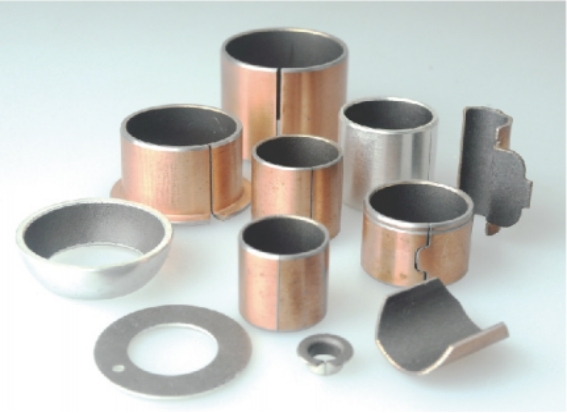
Calculation of interference
The interference is divided into minimum and maximum values, which are calculated from the maximum and minimum values of the outer diameter of the bearing and the inner diameter of the seat hole.
The calculation formula for interference is as follows:
Example:
SF-1 series SF-1·2015 (standard product), matching seat hole Dh=23H7+0.021, find the interference amount after assembly.
Calculate:
It is known that the maximum bearing outer diameter Max=23.075 and the minimum bearing outer diameter Min=23.035;
The maximum value of the inner diameter of the seat hole is Max=23.021, and the minimum value of the inner diameter of the seat hole is Min=23.00.
δmin=minimum bearing outer diameter Dmin-maximum seat hole inner diameter DHmax=23.035-23.021=0.014
δmax=maximum bearing outer diameter Dmax-minimum seat hole inner diameter DHmin=23.075-23.000=0.075
Therefore, the interference amount after assembly δ=0.014~0.075mm
The following points need to be noted for the interference fit of oil-free bearings:
In addition, attention should also be paid to the inspection of interference fitting parts before assembly, such as interference amount, verticality deviation, mating surface condition, etc., to ensure smooth assembly and normal use of the bearing.
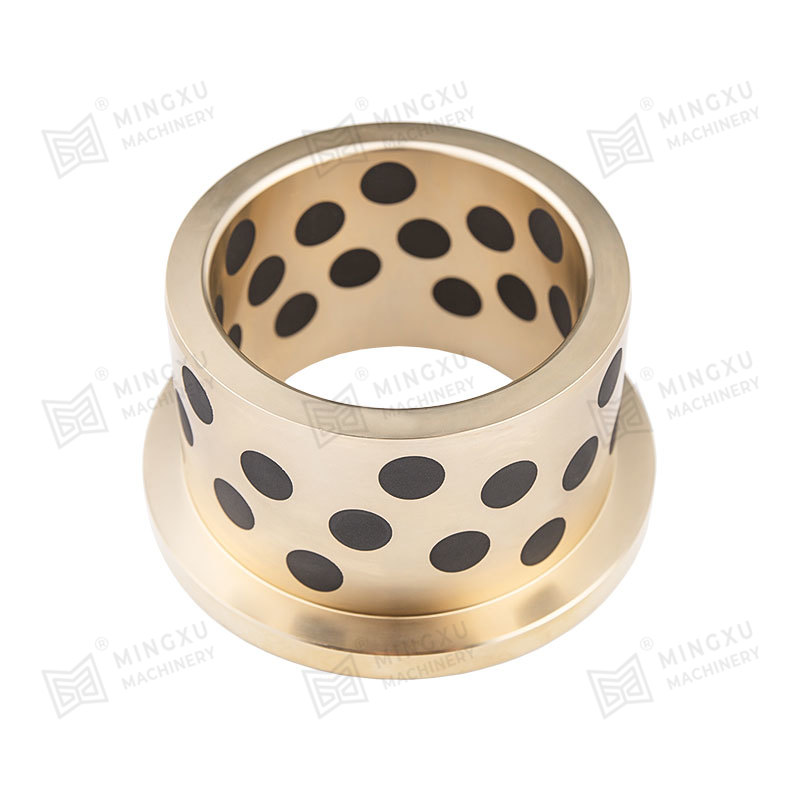
El rodamiento autolubricante MXB-JFB es un buje tipo hombro diseñado con brida y propiedades autolubricantes. Ofrece baja fricción, resistencia a alta...
Ver detalles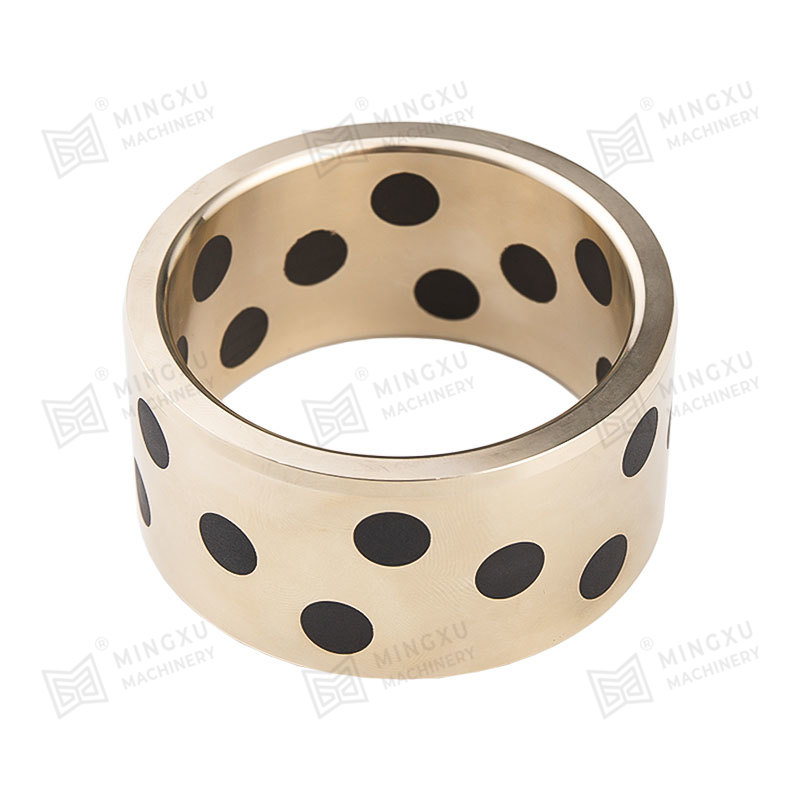
Los rodamientos autolubricantes MXB-JDB, también conocidos como bujes de bronce con incrustaciones de grafito, son rodamientos lubricantes novedosos q...
Ver detalles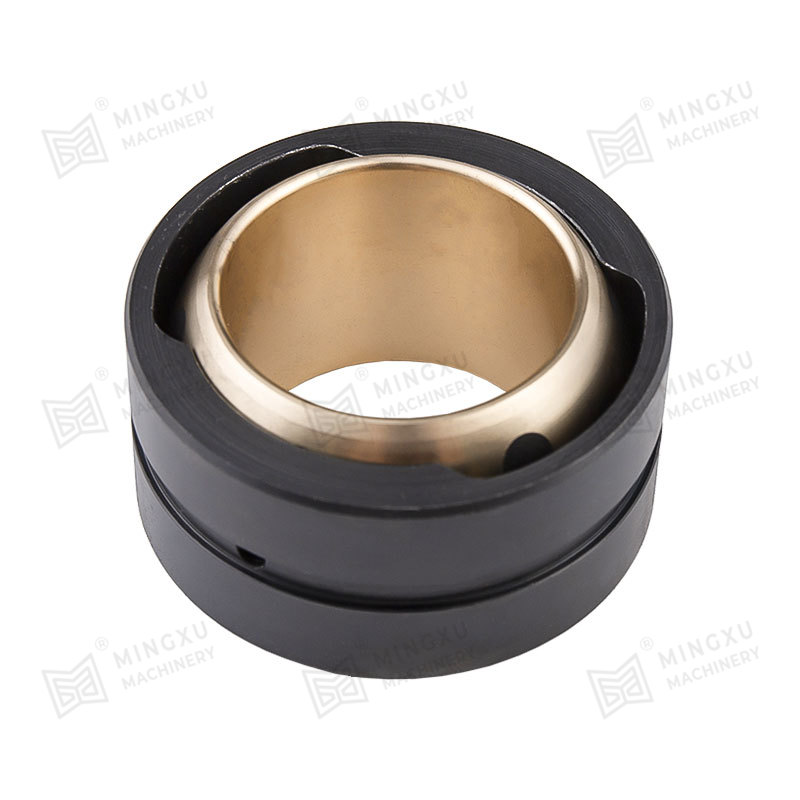
El rodamiento esférico autolubricante con incrustaciones sólidas a base de bronce MXB-JDBS es un rodamiento deslizante esférico con superficies esféri...
Ver detalles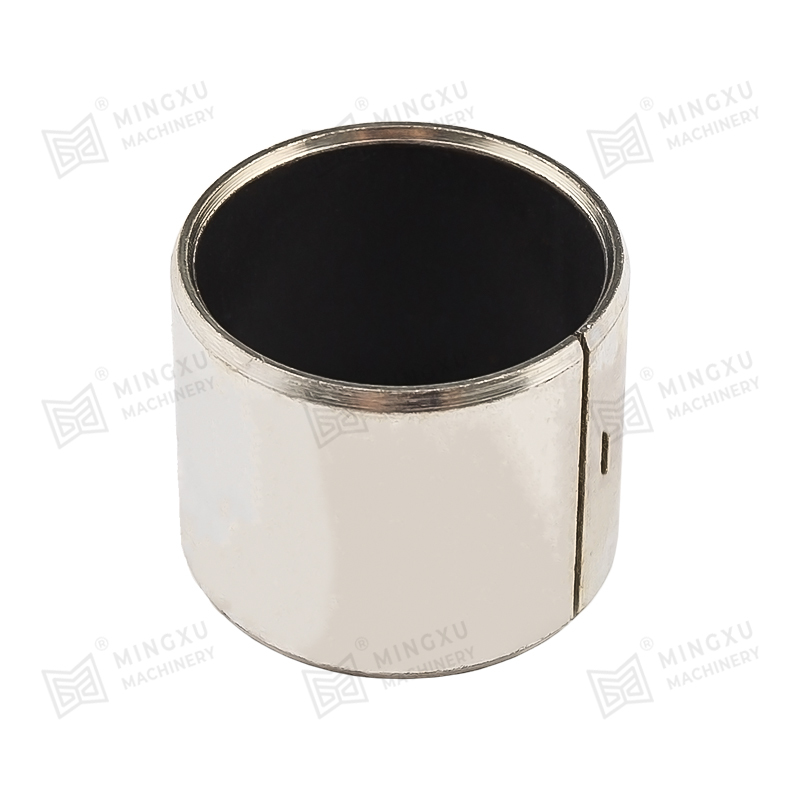
SF significa compuesto de tres capas, a saber, capa de placa de acero, capa de polvo de cobre y capa de plástico. La capa de placa de acero desempeña ...
Ver detalles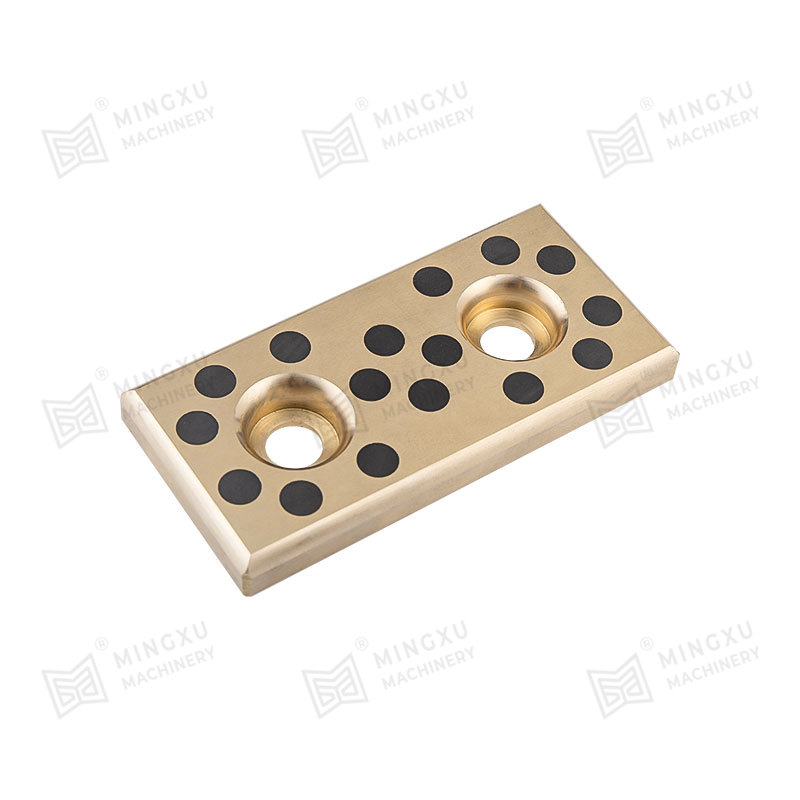
La maquinaria y los equipos de minería son muy fáciles de usar durante su uso. Para extender la vida útil del equipo, Mingxu Machinery recomienda util...
Ver detalles
El casquillo guía estándar MGB9834 DIN9834 cumple con el estándar DIN9843 y es adecuado para matrices de estampado de automóviles europeos. Está diseñ...
Ver detalles
El buje guía estándar MGB61 NAAMS es una solución confiable para aplicaciones de guía precisas y suaves. Este casquillo guía está diseñado para cumpli...
Ver detalles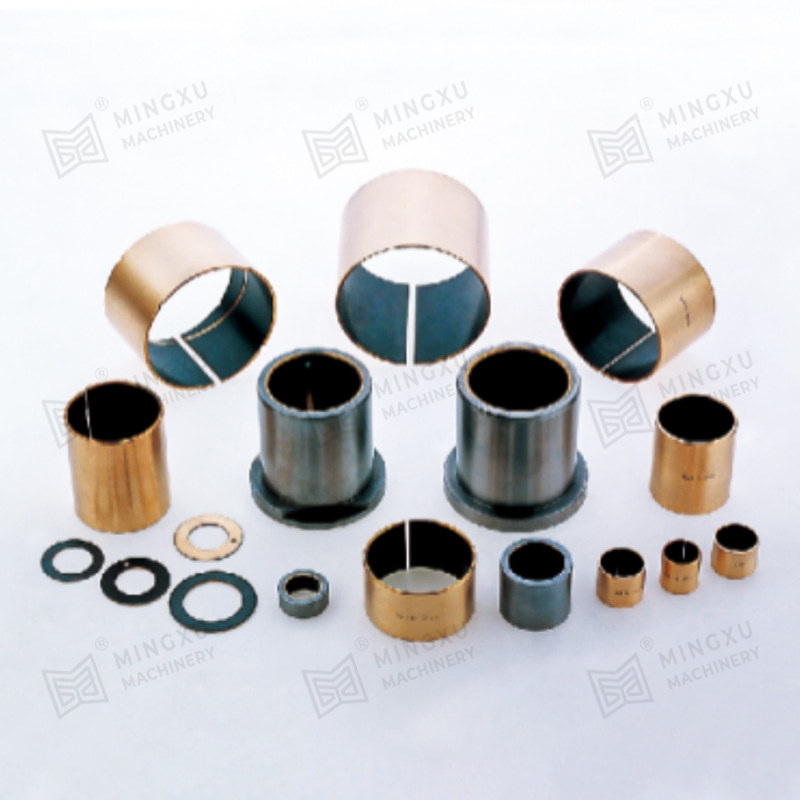
El cojinete básico de bronce SF-1B está hecho de bronce al estaño como base, polvo esférico de bronce sinterizado en el medio y PTFE laminado y mat...
Ver detalles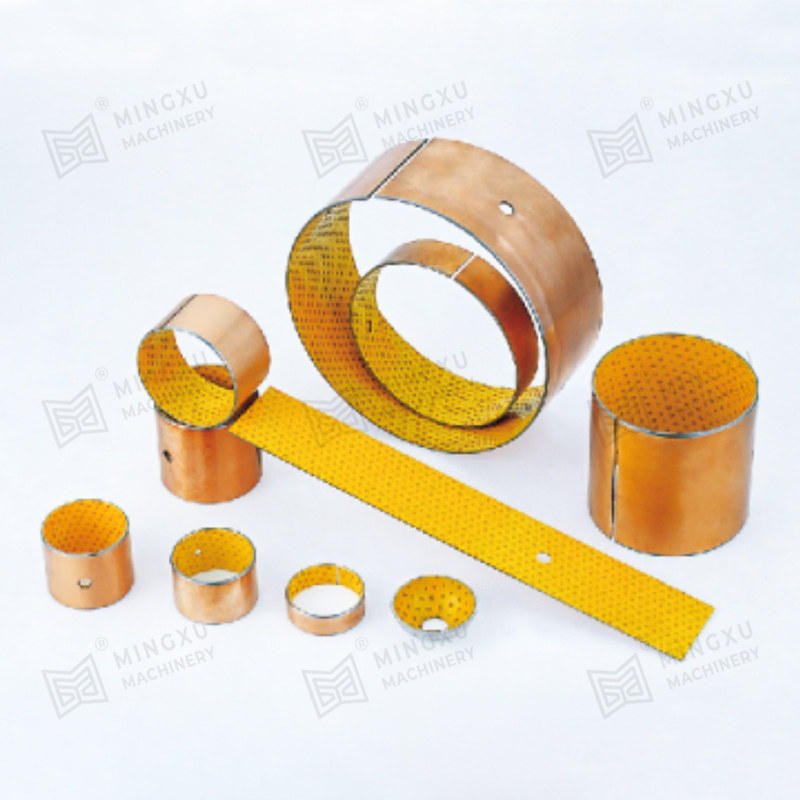
Los rodamientos sin plomo lubricados con límites se mejoran sobre la base de SF-2. Su rendimiento es el mismo que el del SF-2, pero la superficie n...
Ver detalles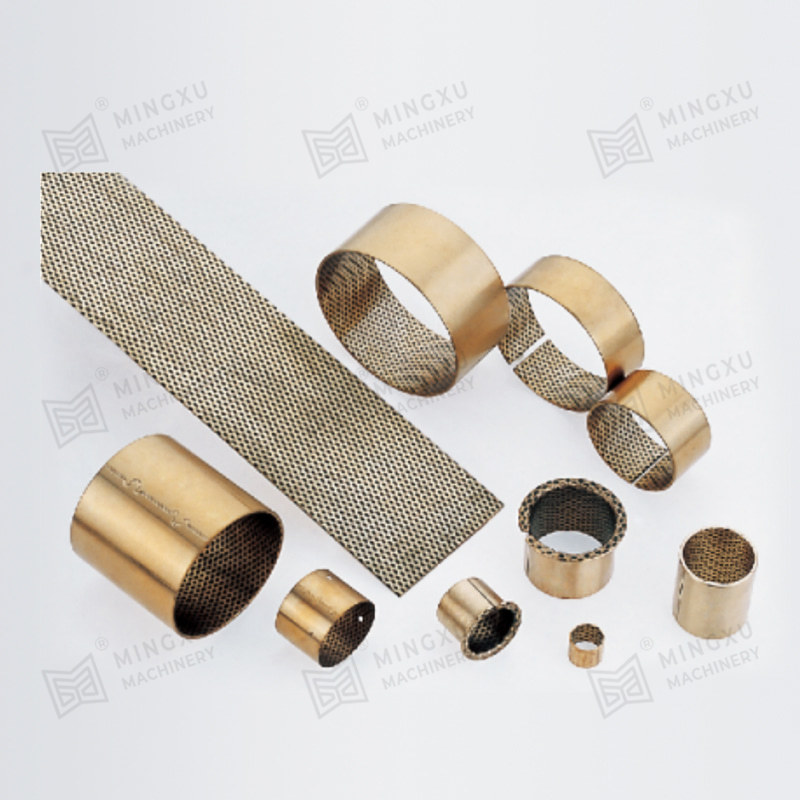
El cojinete lubricante sólido de bronce FB09G está hecho de material de bronce como material base y lubricante sólido incrustado en la superficie. ...
Ver detalles
Contáctenos